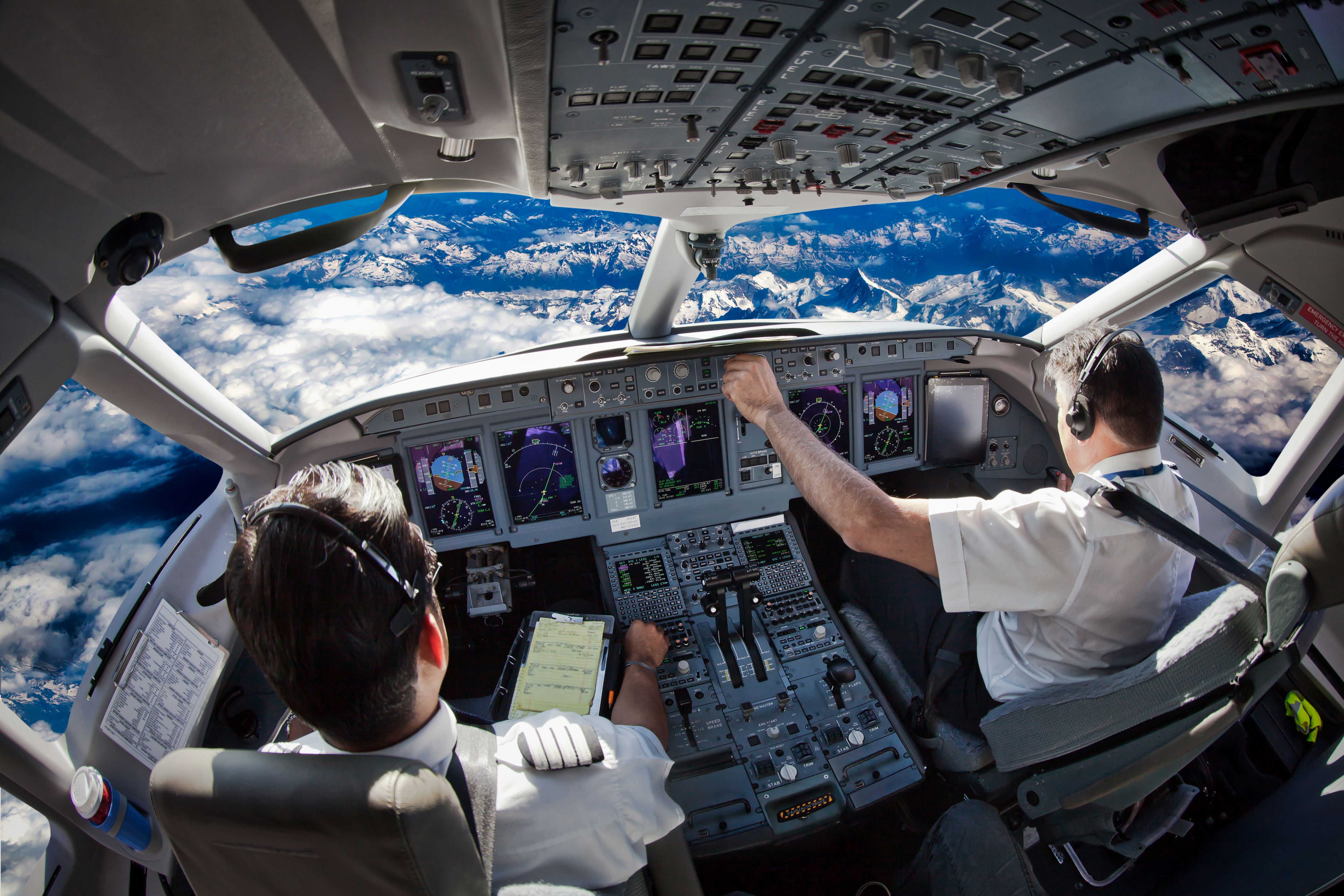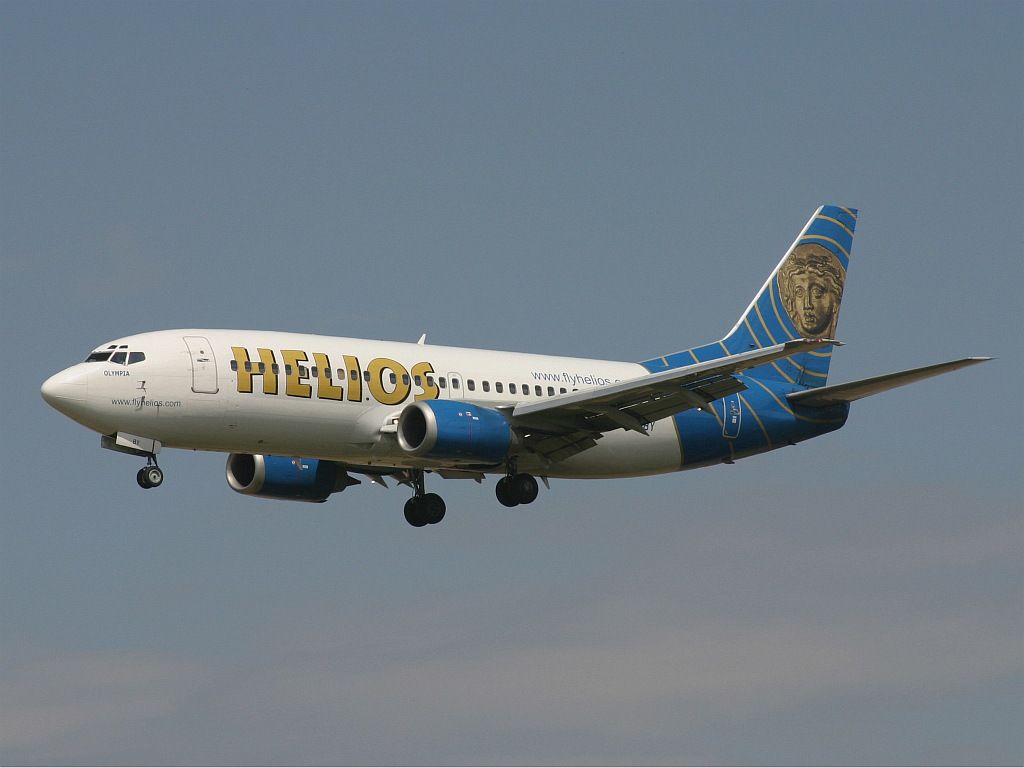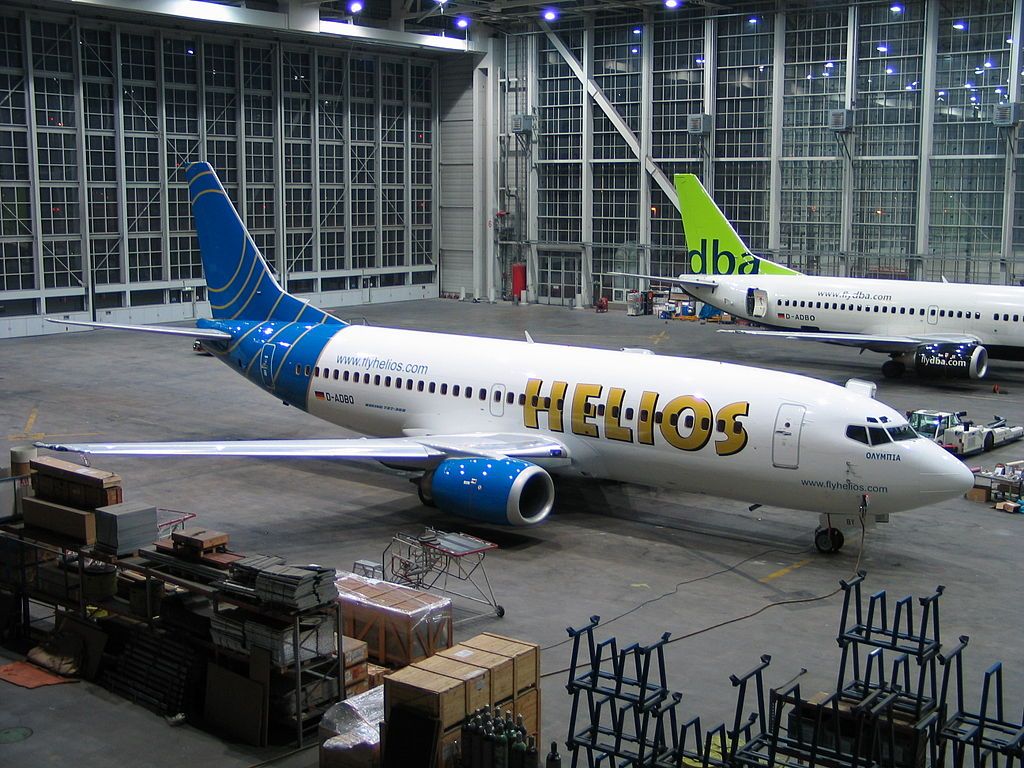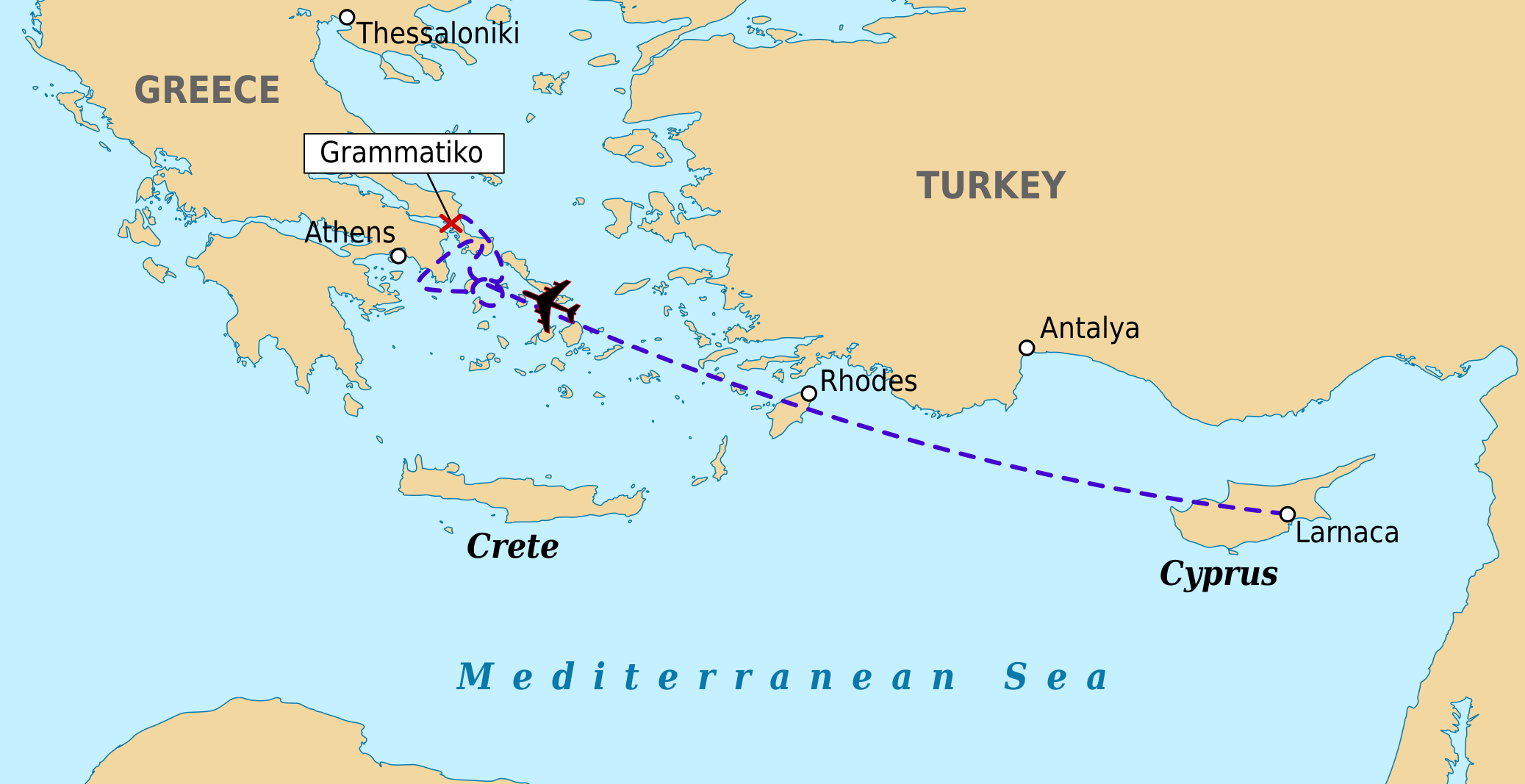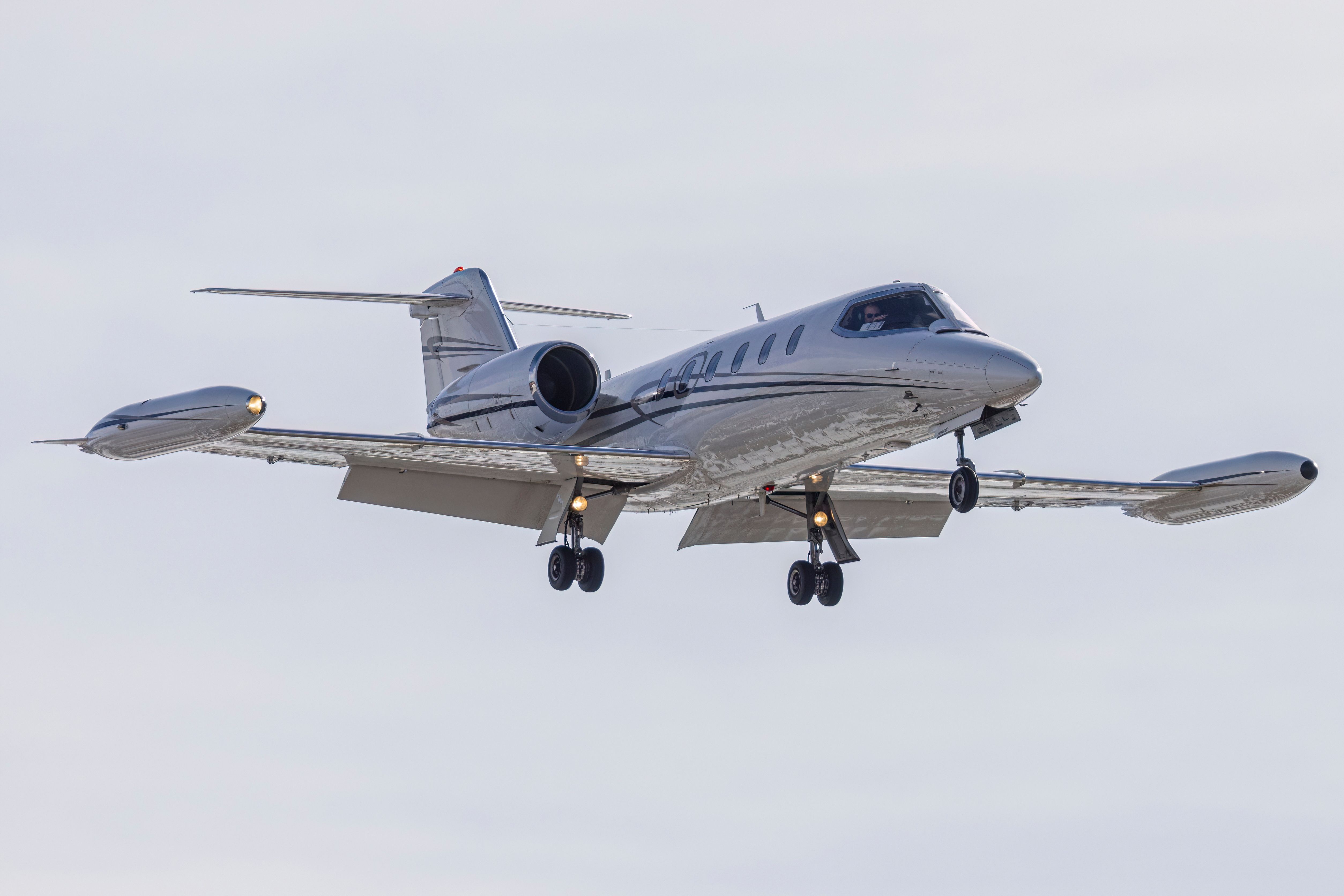Summary
- Helios Airways Flight 522, a standard scheduled service between Larnaca and Prague, ended in tragedy when it crashed into the hills in Greece, killing all 121 people onboard.
- The crew ignored warning signs of cabin pressure loss, leading to the pilots becoming incapacitated due to hypoxia, with last-minute attempts to regain control of the aircraft unsuccessful.
- The crash uncovered systemic failures at Helios Airways, including previous incidents of cabin pressure issues and a failure to properly address concerns with the aircraft's air conditioning system.
On the morning of August 14, 2005, Helios Airways Flight 522 departed Larnaca International Airport (LCA), bound for Prague's Václav Havel Airport (PRG). The flight was scheduled to make a brief stopover at Athens International Airport (ATH) later that morning and was, by all accounts, set to be a relatively easy, standard service.
Less than three hours later, all 121 passengers onboard were killed when the Boeing 737-300 crashed into the hills close to the town of Grammatiko in Eastern Greece.
The accident would become known as one of the most unusual and shocking aviation incidents of the 21st century, raising questions about how something could go so wrong during an era of heightened safety.
Background information
Launched in 1998, Cypriot low-cost carrier Helios Airways was a relatively small airline that covered scheduled and passenger services between Europe, Larnaca, and Phaphos, though its network expanded to North Africa.
Prague was an established scheduled destination, operating under flight number ZU522, with an immediate stopover in Athens on mainland Greece to refuel and collect more passengers. On the flight sat 58-year-old Captain Hans-Jürgen Merten, an ex-Interflug pilot working on contract with Helios Airways, and first officer Pampos Charalambous, a 51-year-old Cypriot citizen who had flown with the airline for around five years. The experienced pair had almost 25,000 hours of flight combined, with just under 10,000 onboard Boeing 737s.
On August 14, 2005, ZU522 was scheduled to depart from Larnaca at 09:00 EET, taking off roughly seven minutes late, according to the Aviation Safety Network. That morning, a Boeing 737-300 was operating the service registered 5B-DBY. The aircraft had previously served with low-cost carrier Deutsche BA as D-ADBQ between January 1998 and 2004, with Helios Airways leasing the aircraft from Deutsche Structured Finance from April 2004. 5B-DBY had been in service for just seven and a half years and in Helios Airways' fleet for 15 months.
Five minutes after takeoff, the aircraft's cabin altitude warning horn sounded, prompting the crew to halt the climb. At this stage, the plane was at an altitude of 12,040 feet. However, with the sound identical to the takeoff configuration warning, the crew ignored the alarm and continued their climb.
The higher ZU522 flew, the lower oxygen levels became onboard, with the crew unaware of the slow loss of cabin pressure.
Seven minutes into the flight, the pilots reported an air conditioning problem and contacted the airline's operations department. Meanwhile, oxygen masks had deployed upon reaching an altitude of 18,000 feet.
Love aviation history? Discover more of our stories here
By the time the operations center made its last contact with the crew at 09:20, communication with the pilots was becoming increasingly difficult. Unaware to operators, the crew was experiencing the early stages of hypoxia. By 09:23, the 737 leveled off at 34,000 feet, well above the 10,000-foot minimum for safe oxygen levels.
Sequence of events
Upon entering the Athens flight information region at 09:37, the aircraft began circling on autopilot as further pressure loss had incapacitated the crew. With the pilots no longer responding to air traffic control messages, two Greek F-16 fighter jets were dispatched to intercept the flight. They took off at 11:05, locating the plane around 20 minutes later.
As it caught up to ZU522, the fighter pilots relayed an unusual scene before their eyes. Specifically, the captain's seat was empty, while the first officer was slumped unconscious over the controls. They then witnessed a cabin crew member enter the cockpit with an oxygen supply at 11:49, who, along with his partner, attempted to control the aircraft with limited success. Despite trying to make visual contact with the F-16 pilots, the aircraft's left engine began to flame out due to fuel exhaustion, causing the 737 to descend.
Though the flight attendant, later identified as Andreas Prodromou, could not regain control of the jet, he made the heroic decision to direct it away from Athens to prevent ground casualties.
Tragically, the fate of the aircraft's 115 passengers and six crew was sealed, with all 121 occupants losing their lives when Helios Airways flight 522 crashed into mountainous terrain near Grammatiko, Greece, at 12:04.
Systemic failures
In the subsequent investigation into the crash, investigators uncovered a series of systemic failures at Helios Airways leading up to the departure of ZU522.
Several incidences of cabin pressure issues had been recorded onboard prior flights operated by 5B-DBY, including one major incident on December 16, 2004, in which the crew of the flight on a service from Warsaw Chopin Airport (WAW) was required to descend after a rapid loss of cabin pressure. At the time, two possible causes were cited by the Cypriot Air Accident and Incident Investigation Board (AAIIB): an electrical malfunction or the accidental opening of the aft service door.
During the weeks leading up to ZU522, various crews and passengers onboard the aircraft reported issues with its air conditioning and frequent cold temperatures, leading to seven separate inspections of its environmental control system.
Further issues had been reported on the aircraft the previous evening, in which banging sounds and ice were noted by crew members on the R2 door. After landing at Larnaca, the issue was logged, and Helios Airways' engineers, led by experienced Aircraft maintenance professional Alan Irwin, began their inspection.
Concerned over a potential leak in the door's seal, the team conducted a pressurization test, requiring the aircraft to be switched from automatic to manual to check for any issues. None could be found, and Irwin's team reported no defects in the door.
In a lapse of usual procedure, Irwin's team had failed to put the aircraft back on its automatic pressure setting. Several hours later, as that morning's flight crew boarded the aircraft, Helios Airways' employees failed to notice the pressurization mode selector set to manual while checking off the pre-flight procedure checklist, leaving ZU522 completely unpressurized as it took off from Larnaca.
Subsequent developments
Following the incident, Helios Airways grounded its Boeing fleet for safety checks, returning them to service two weeks later. However, the crash weighed heavily on the carrier's public image, with Helios Airways rebranding itself as αjet towards the end of 2005. The airline withdrew from scheduled operations in March 2006, continuing to operate as a charter carrier until October 2006, upon its assets being frozen by the Cypriot government.
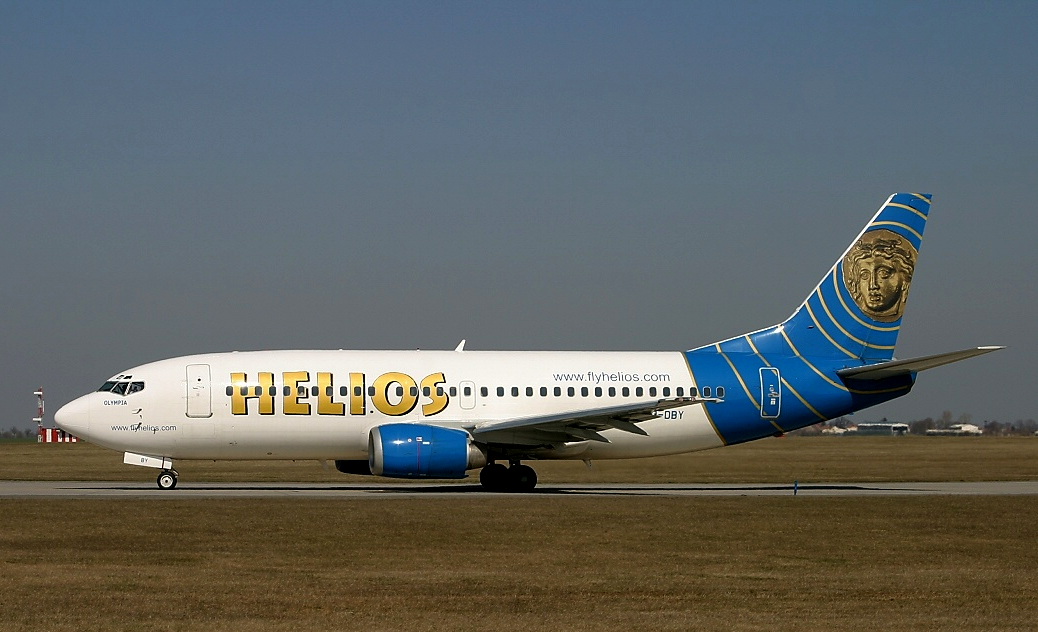
What Happened To Cypriot Carrier Helios Airways?
The once-promising airline suffered a damaged reputation following a fatal accident that proved unshakeable.The Federal Aviation Administration (FAA) later issued an airworthiness directive (AD) for all original and classic 737 variants to install additional warning lights to differentiate between takeoff configuration and pressurization issues on the flight deck, limiting the potential for human error during future flights.
Helios Airways was not the first carrier to experience a hypoxic incident leading to a crash. Prior to ZU522, one of the highest-profile incidents of in-flight hypoxia was that of American golfer Payne Stewart, who was killed alongside five others after a Learjet 35 failed to pressurize. The private aircraft, registered N47BA, came down in Edmunds County, South Dakota, after flying for several hours with all onboard incapacitated.
Earlier this year, a private Cessna 560 Citation V (N611VG) crashed in rural Virginia due to suspected hypoxia. The accident, which remains under investigation by the National Transportation Safety Board (NTSB), prompted a response by military jets, with sonic booms heard across Washington DC during interception.
As reported by The Washington Post, contact with the private plane was lost about 15 minutes after departure, and the aircraft crossed Washington's restricted airspace, prompting the action of military jets. One of the military F-16 pilots flying at supersonic speed to intercept the plane saw that the pilot was "slumped over." Experts have speculated the pilot may have fallen unconscious, suffering from hypoxia, and that the plane was running on autopilot until it ran out of fuel.
